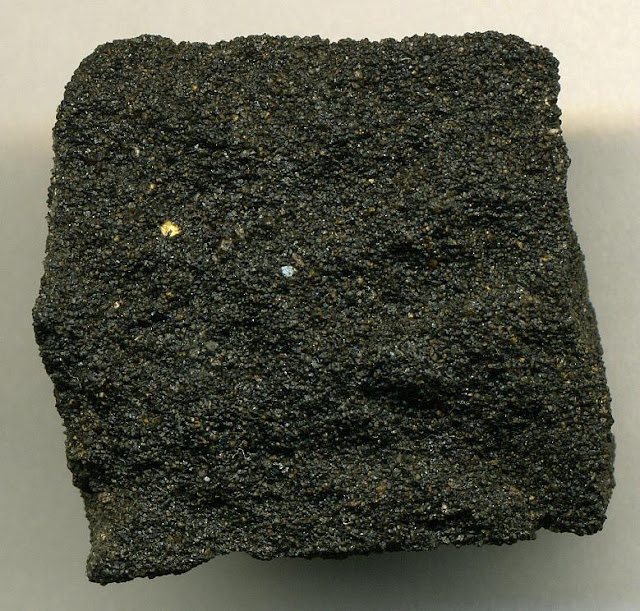What Are Tar Sands?
Tar sands (also referred to as oil sands)
are a combination of clay, sand, water, and bitumen, a heavy
black viscous oil. Tar sands can be mined and processed to extract the oil-rich
bitumen, which is then refined into oil. The bitumen in tar sands cannot be
pumped from the ground in its natural state; instead tar sand deposits are
mined, usually using strip mining or open pit techniques, or the oil is
extracted by underground heating with additional upgrading.
Tar Sands Extraction and Processing
About two tons of tar sands are required to
produce one barrel of oil. Roughly 75% of the bitumen can be
recovered from sand. After oil extraction, the spent sand and other materials
are then returned to the mine, which is eventually reclaimed.
In-situ production methods are used on bitumen deposits buried too deep for
mining to be economically recovered. These techniques include steam
injection, solvent injection, and firefloods, in which oxygen is
injected and part of the resource burned to provide heat. So far steam
injection has been the favoured method. Some of these extraction methods
require large amounts of both water and energy
(for heating and pumping). Both mining and processing of tar sands involve a variety of environmental impacts, such as global warming and greenhouse gas emissions, disturbance of mined land; impacts on wildlife and air and water quality. The development of a commercial tar sands industry in the U.S. would also have significant social and economic impacts on local communities. Of special concern in the relatively arid western United States is the large amount of water required for tar sands processing; currently, tar sands extraction and processing require several barrels of water for each barrel of oil produced, though some of the water can be recycled.

Comments
Post a Comment